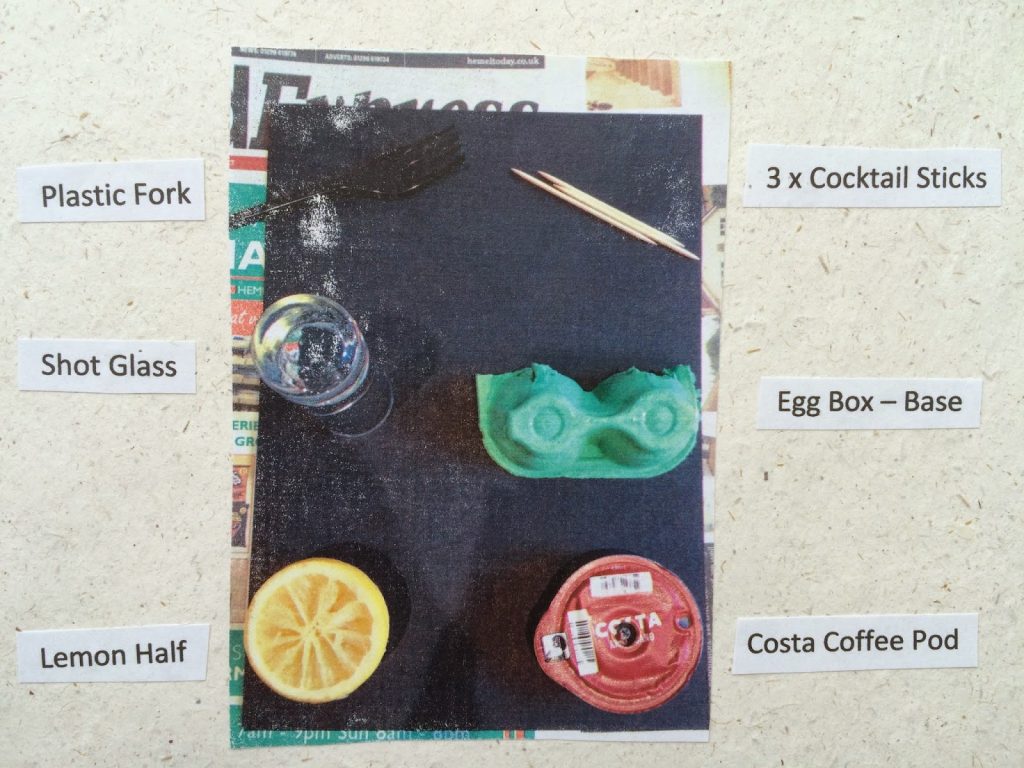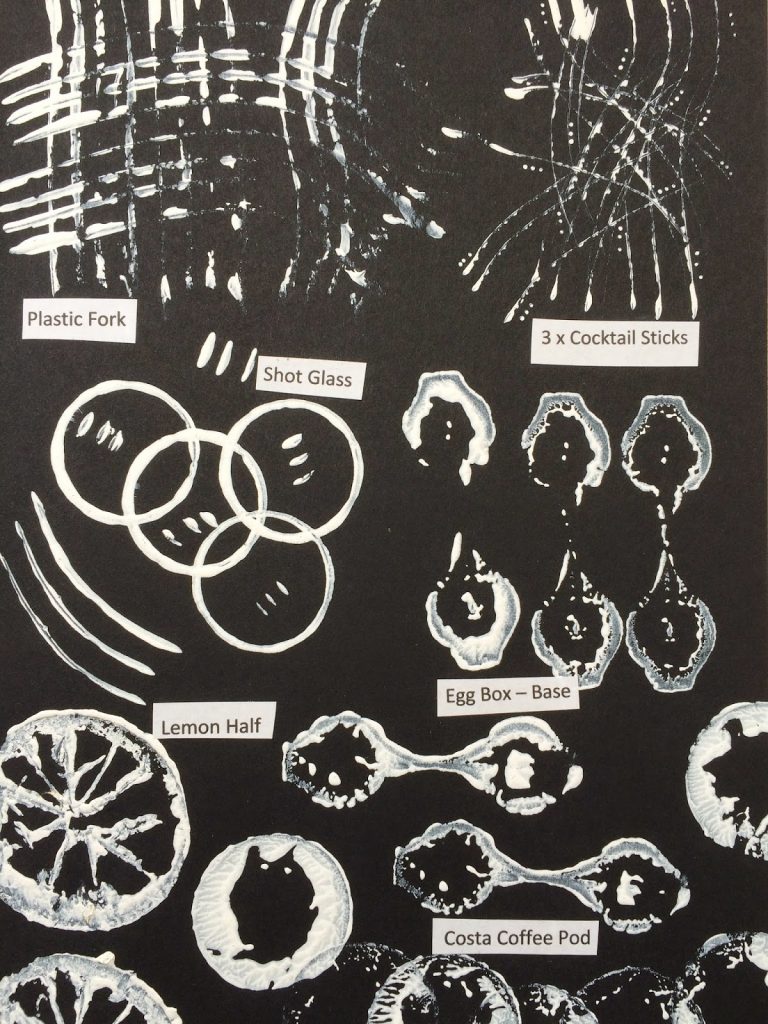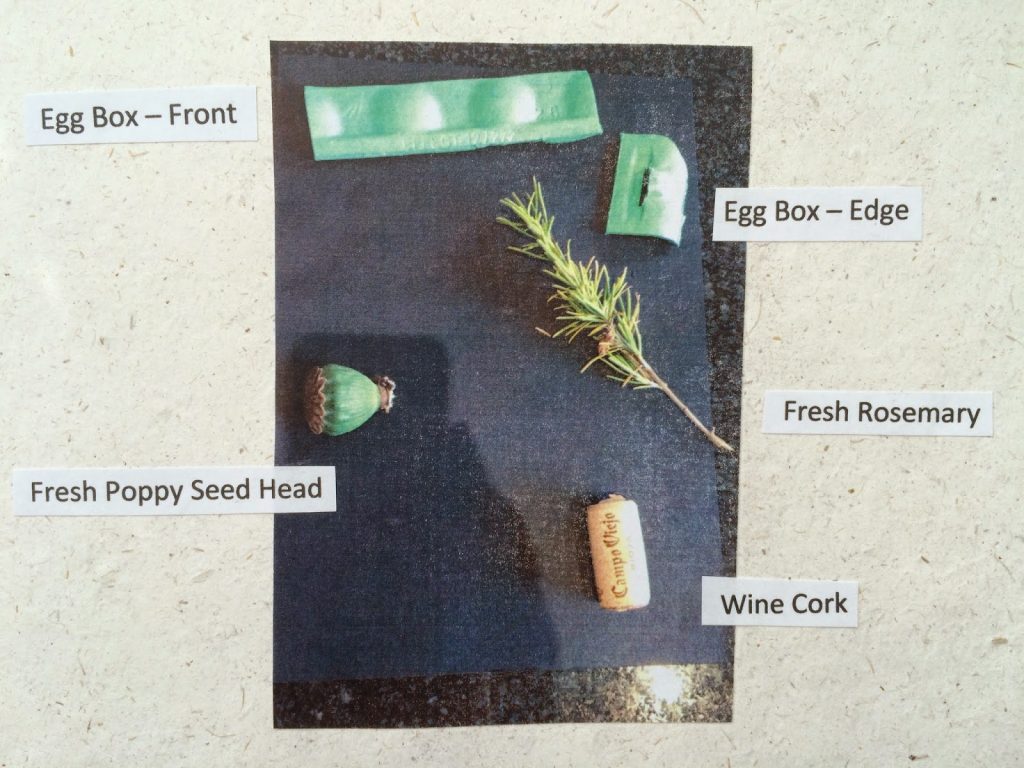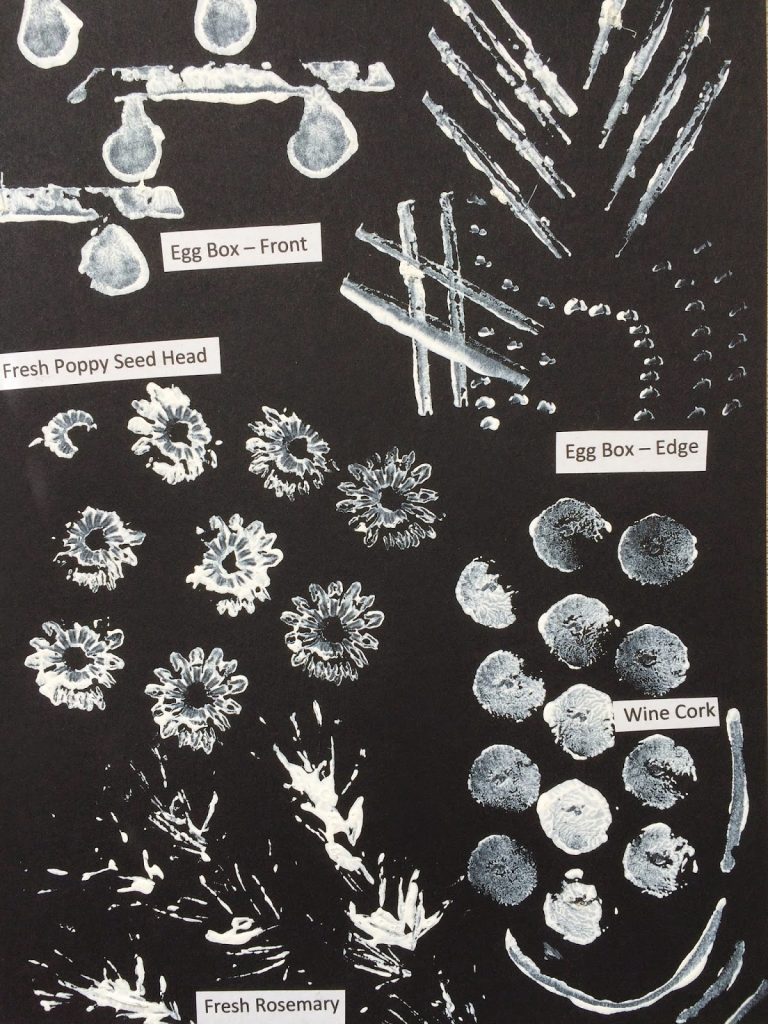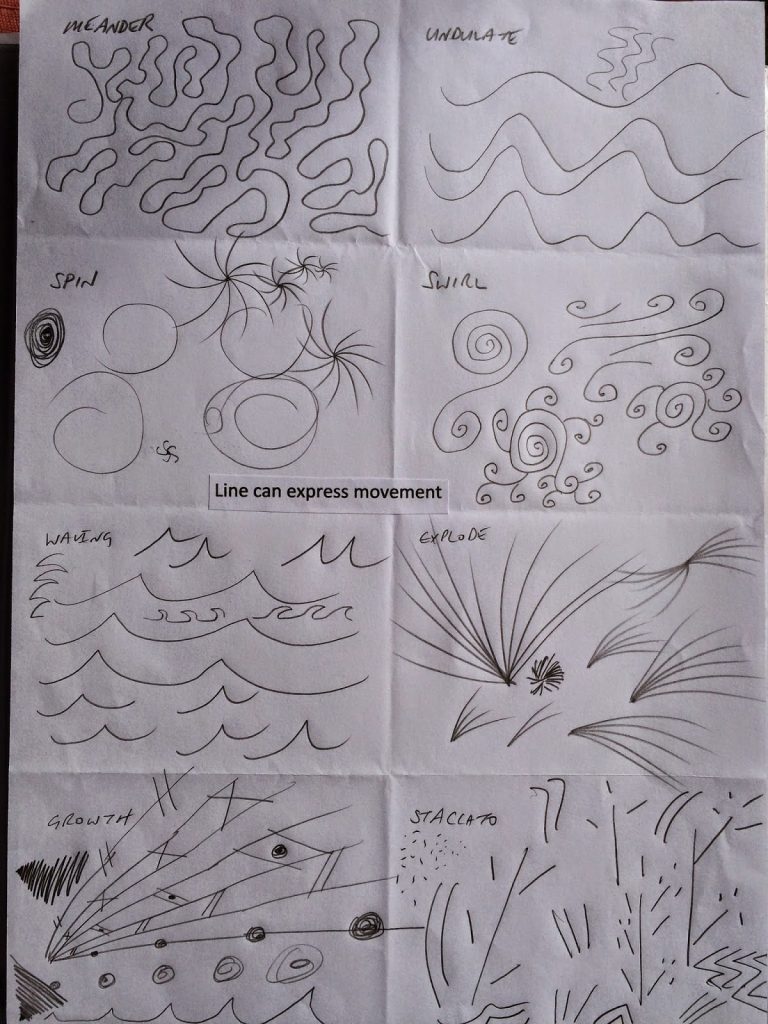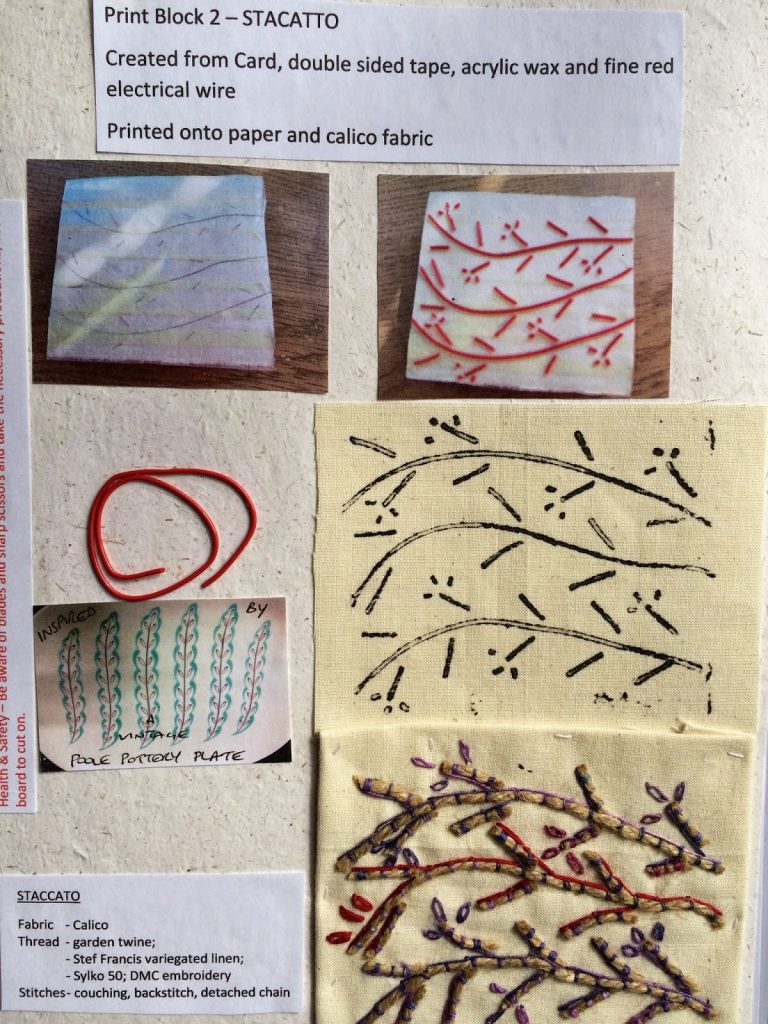So happy! I’ve recently had my experimental embroidery samples shared on Create Whimsy. I hope my work will inspire others to have a go and sew.

Thank you Chardel.
So happy! I’ve recently had my experimental embroidery samples shared on Create Whimsy. I hope my work will inspire others to have a go and sew.

Thank you Chardel.
Question: How do you create 40 pieces of 6″ x 6″ embroidery in 60 minutes?
Answer: 40 embroiderers and Speed Stitching !!!
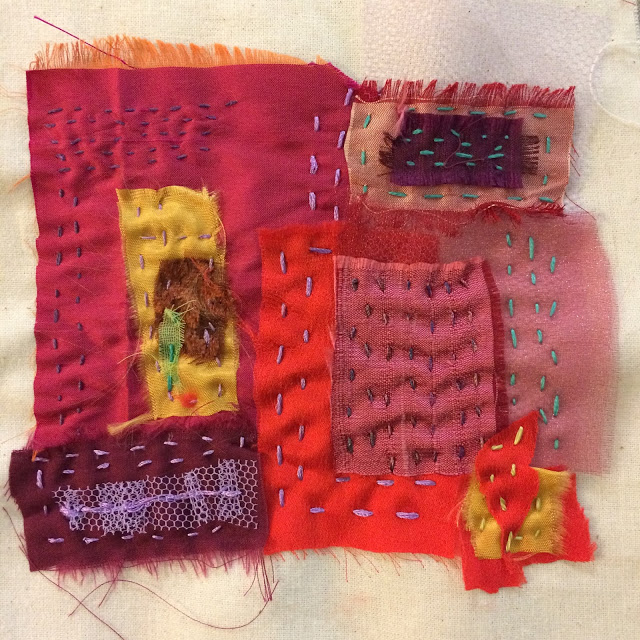
The rules:
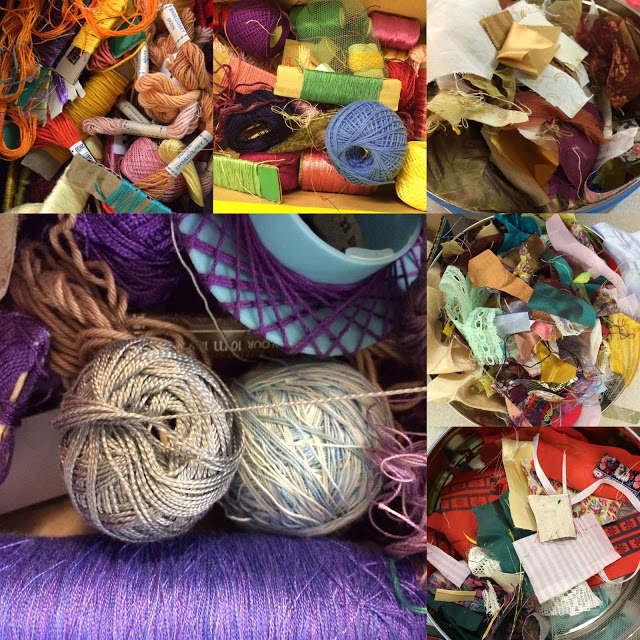
The aim is that all Stitchers in the room have access to all the colours and textures on offer and have very little time to think about their design – they just grab fabric and thread and sew! – oh, and no-one is allowed to take work home! – this creates the incentive to sew as fast as possible. Raw edges and experimental embroidery are welcomed (and don’t forget your 1/2″ seam allowance all around the calico).
This is how my design evolved. It’s surprising how much sewing you can acheive in an hour and how much chatting you can do too!
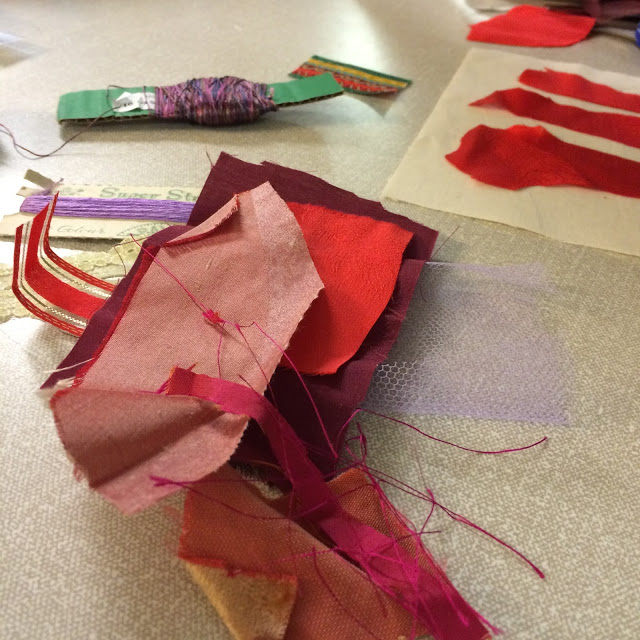
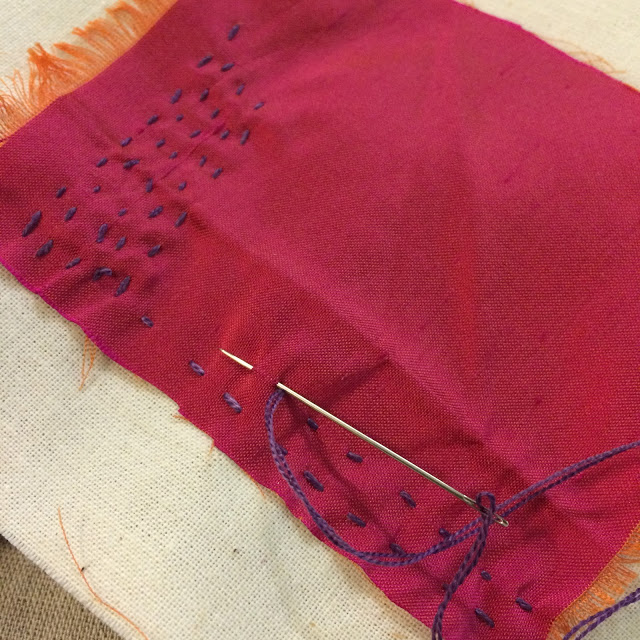
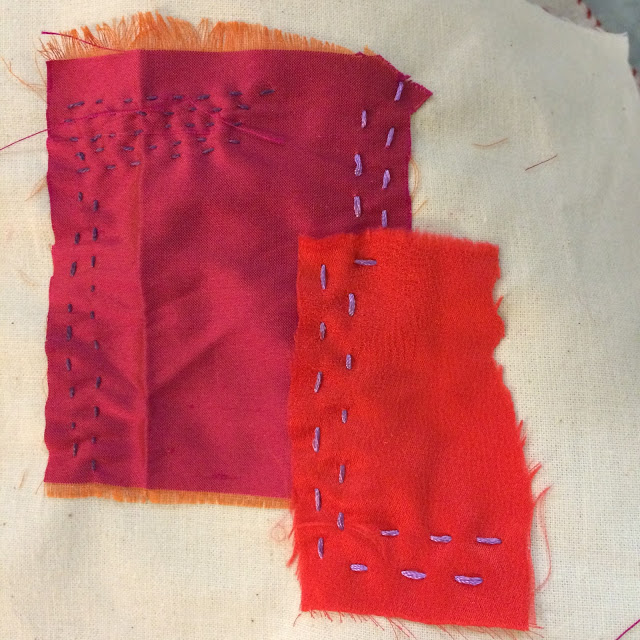
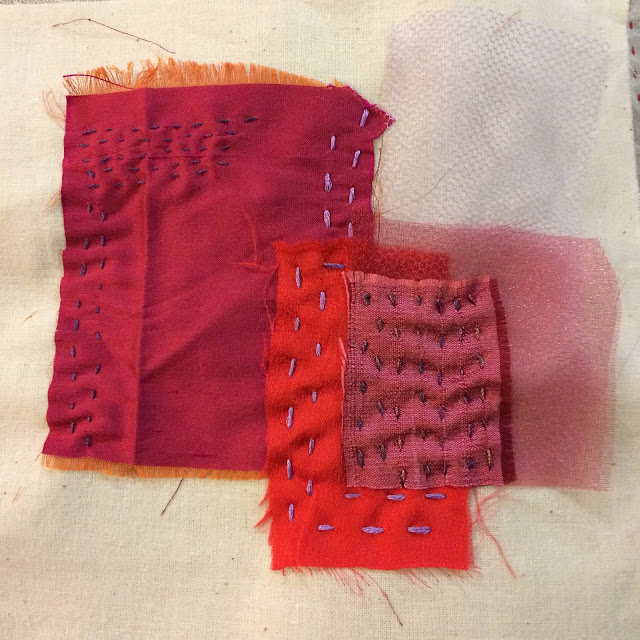
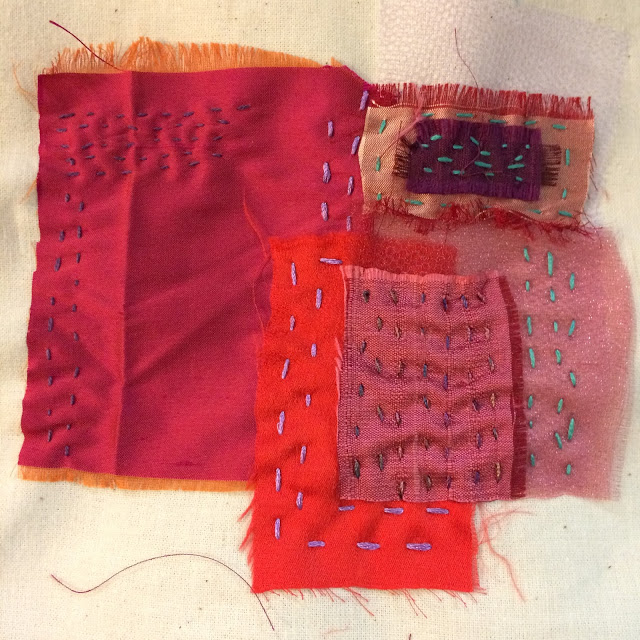
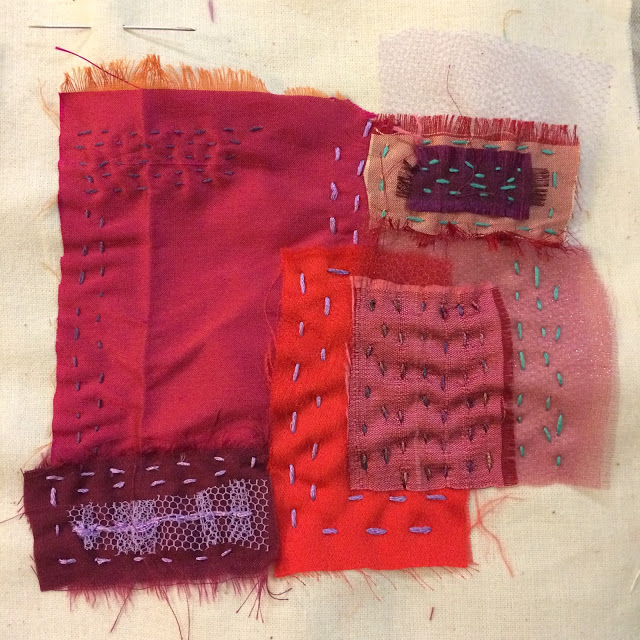

These final stitched squares are to be pieced with this green linen to create a table cloth for an Embroiderers’ Guild event later in this year.
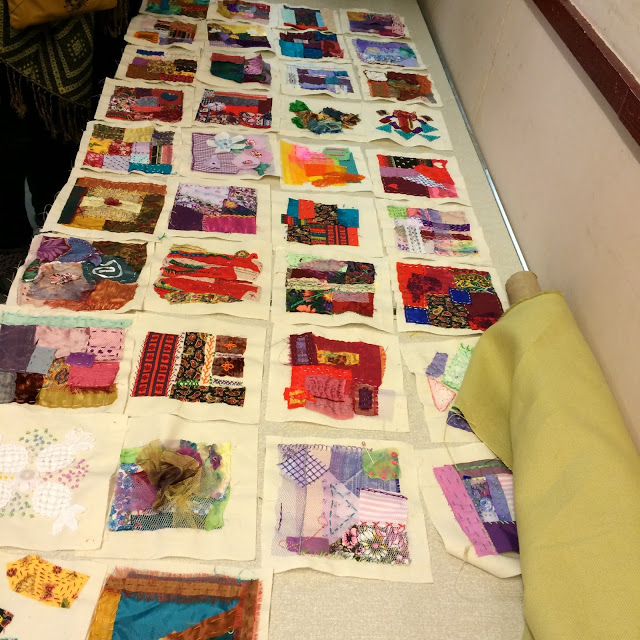
It was a brilliant group activity. We had a room full of very happy, chatting embroiderers.
I knew very little about mark making and its importance before starting this embroidery course. Anything that involves paint and making a mess has to be good in my books!
Design sheet 1:
